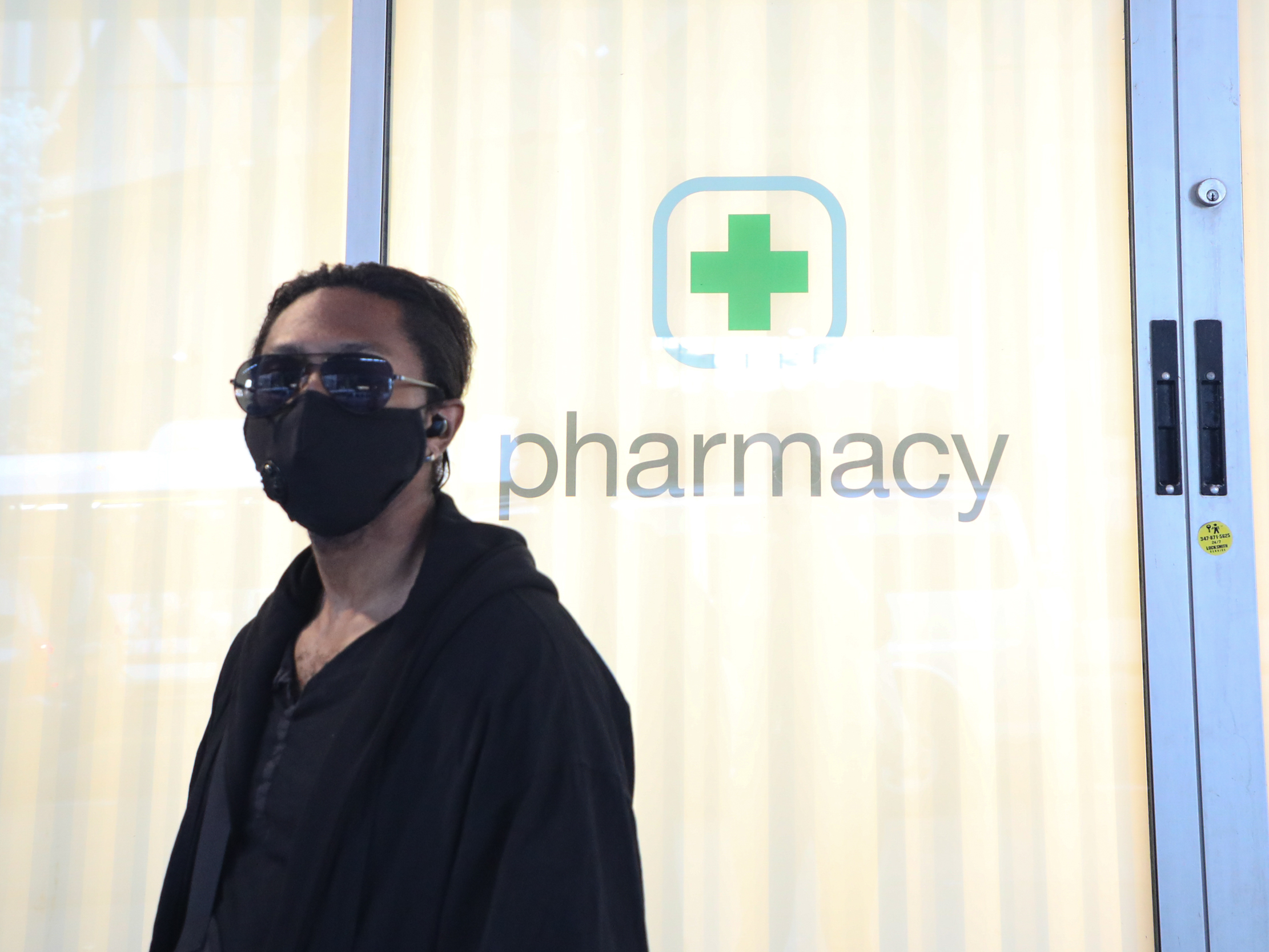- Face masks are not meant to be reused, as they will not be as effective at preventing the spread of illness.
- Surgical masks and N95 respirators are usually disposable, but because of the shortage during the coronavirus outbreak, health care workers are resuing them.
- If you have to reuse a face mask, here’s what experts say is the best way to do it – or how to properly use your own homemade mask.
- This article was medically reviewed by Jason R. McKnight, MD, MS, a family medicine physician and clinical assistant professor at Texas A&M College of Medicine.
- Visit Insider’s homepage for more stories.
The outbreak of coronavirus has sent the public and health care workers scrambling for face masks, and due to a shortage, they are now being reused – even though it’s not as effective.
There are two common types of face masks, both of which are meant to be disposable. Surgical masks stop a person from spreading their own germs, and are typically used by surgeons to keep their germs off patients. They can also be used by sick patients to minimize the spread of disease from tiny particles that are coughed out.
N95 respirators, on the other hand, filter out 95% of the particles in the air in order to minimize the wearer’s exposure to infectious disease. They’re worn by health care workers who are caring for the sick and don’t want to get infected.
Face masks aren’t meant to be reused
Both surgical masks and N95 respirators are meant to be disposable, says Hans Rechsteiner, MD, a general surgeon at Burnett Medical Center. There are reusable respirators, but these are generally not used by medical professionals. They’re designed for those who work with substances that produce fumes, or are exposed to chemicals, like firefighters.
"I don't think respirators that can be cleaned and reused are part of the coronavirus solution," Rechsteiner says.
For example, the World Health Organization (WHO) recommends removing a mask once it is damp from your breath, and never reusing a single-use mask. Under normal circumstances, these masks are disposed of when the healthcare provider is done tending to the infected patient.
Surgical masks and respirators don't suddenly expire, although their fibers and elastics bands - which are important for getting a snug fit - can deteriorate over time. Rechsteiner estimates that masks are at their best within five years of manufacture, although an older mask is certainly better than nothing.
Because of a shortage, health care workers are reusing masks
Due to the coronavirus outbreak, there is a shortage of both surgical masks and N95 respirators for health care workers. Because of that, many medical professionals are reusing masks or using them for an entire shift rather than the single use that they're intended for.
"Due to the shortage of masks, equipment is being used outside of its intended scope," says Shweta Pai, MD.
The CDC has released guidelines for mask use amidst the shortage. The organization doesn't recommend cleaning masks, but it does recommend these practices for safe reuse:
- A surgical mask or N95 respirator should only be reused by the same person, never shared between medical professionals.
- Extended use is better than reuse, so it's better to leave a respirator on for the whole shift rather than taking it on and off. That's because it minimizes the amount people are touching their faces, potentially allowing a virus to enter their body. The CDC guidelines say that there's no way to predict a safe number of reuses, so medical professionals should use their judgement.
- When not in use, the mask should be stored in a breathable container, like a paper bag. That's exactly what some New York doctors are doing as they battle a mask shortage.
The virus that causes COVID-19 can live on surfaces for up to 72 hours, research shows. Because of that, Rechsteiner says it would be ideal to have three face masks that could be rotated.
"If you want to be extra safe, use three masks and rotate them daily, letting them sit out in a well-ventilated area to dry in the meantime so that the viruses die," he says. "Because of severe shortages in some areas I believe that this is a safe and acceptable practice."
How to properly use a cloth mask
Amid the shortage, some people are creating homemade masks with everything from cloth to scarves.
Research shows homemade masks made from cotton t-shirts are only about one-third as effective as surgical masks in preventing infection, but they still "significantly reduce" the amount of germs being spread by the wearer.
According to WHO, heat of 133°F can kill the coronavirus, so if you're using a cloth mask, consider washing it with soap and water and drying it on high.
For more information on homemade masks, read our article, "How to make an effective face mask at home."
Related stories about staying germ-free:
- How respirators work, and who needs to wear a face mask
- How do viruses spread and how to protect yourself against infection
- Does copper kill germs? Yes, it's effective against COVID-19 within 4 hours
- What temperature kills germs? How to use heat properly to get rid of bacteria and viruses
- How to boost your immune system through diet and lifestyle changes
- Does UV light kill germs? Getting an at-home sanitizer may be worth it
- Does alcohol kill germs? Yes, as long as the solution is strong enough
